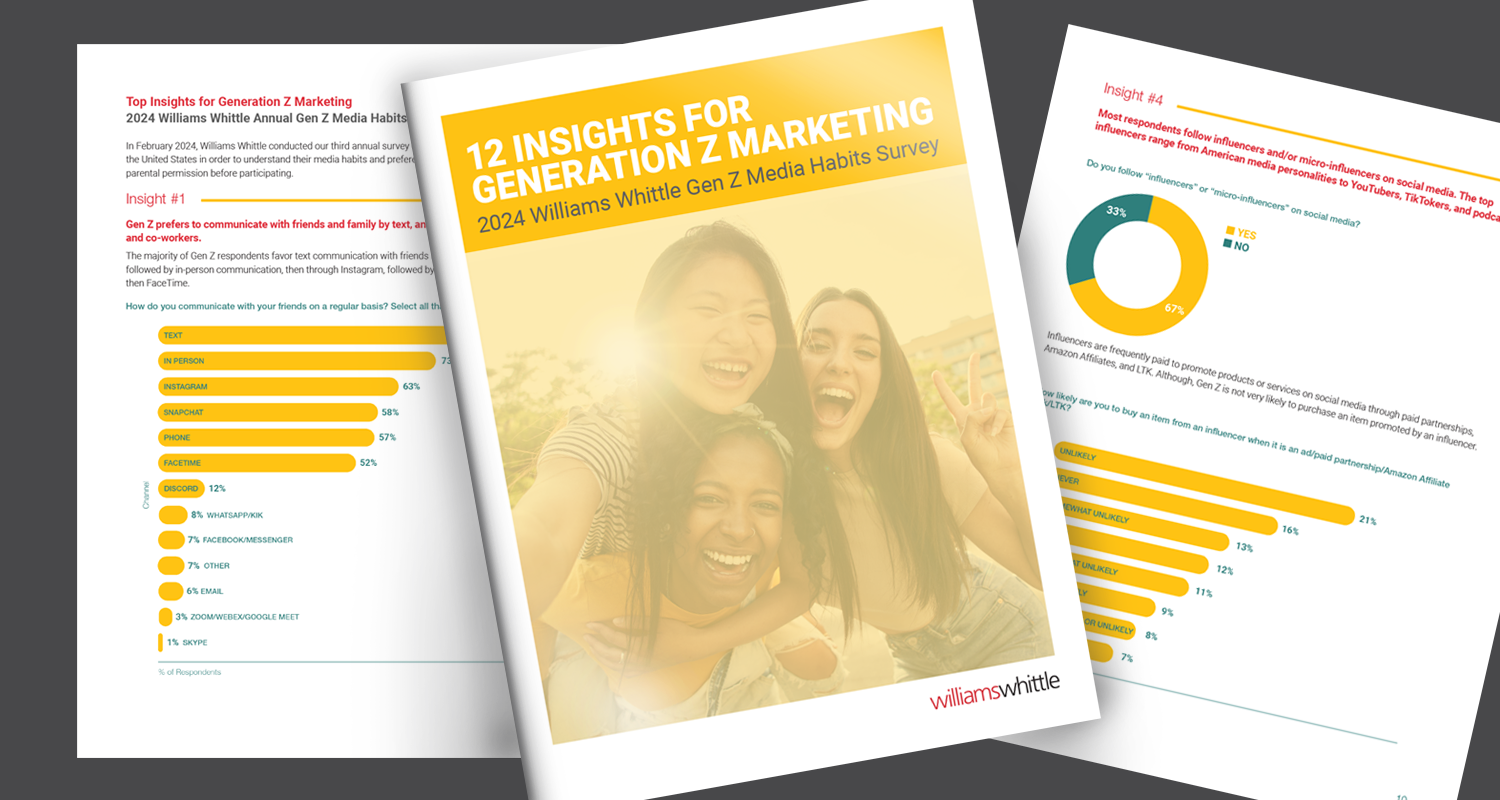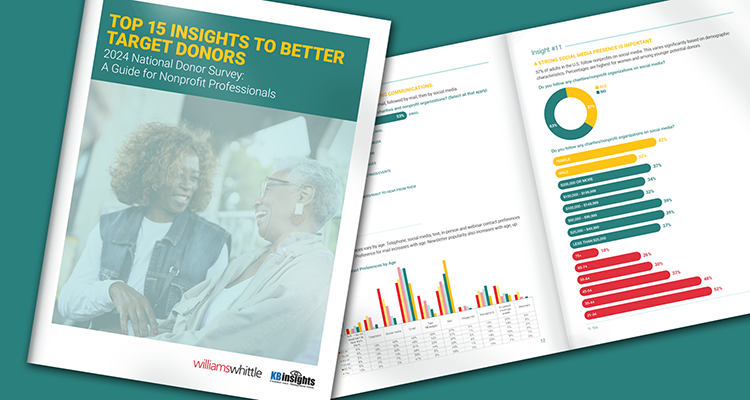How do Google Adwords work?
Google Adwords is a way for businesses to pay for advertising above “earned” or organic results. Which means that people can pay money to bid in order to rank above organic results based on visits/search keywords/etc.
Google Grants is a program that gives free advertising dollars to nonprofits to use this service, with some significant restrictions. Your organization can qualify if it is a charitable organization, and not a healthcare organization, government entity, or academic institution. There’s also other restrictions, such as being part of your local chapter of Tech Soup.
The ads available to Google grantees are only text ads, which appear above organic search terms on google.com (see below) and will have a little square “Ad” moniker in front of your web address, to show that it is a paid, and not organic, result.
Google determines where your ad appears by the amount of money you bid for the ad (also known as Cost Per Click or CPC) multiplied by the qualified score of your ad. The quality score measures relevance of the ad (i.e. if the text in the ad matches the text on the webpage it links to), the success of your previous ads, and other factors.
In addition, in 2016, Google changed its algorithm and no longer allows ads to appear on the right side of a page, and only has ads appear on the main content of the page. This limits the number of ads any Google visitor sees, and limits where your ad can appear.
Do I really get $10,000 a month?
No, not really. The advertising budget is $10,000 a month (and gets bumped up to $40,000 if you spend the $10,000 consistently), but it’s a stretch goal to even reach that. The restrictions are considerable, including a $2 CPC bid limit, restrictions on what you can advertise in your ads, and more. So, yes, it’s $10,000, but just like any significantly restricted donation, it can be a bit of a challenge to fulfill in a way that aligns with your mission.
How much work is it really?
First of all, if you do not log in at least once a month, your account may be paused. This means that to take on Google Adwords is a significant responsibility, and it takes considerable time. After the initial setup, it takes less time, but it’s approximately equivalent to adding another social media channel to your workload. So before you take it on, make sure you have enough time (and resources) do it well.
When you run a Google Adwords campaign, it is absolutely vital to segment your campaigns depending on the action you’re looking to get from visitors. That means that you will need to have separate campaigns for volunteering opportunities, donations, clients, or any other audiences you are trying to reach. In addition, you have to check in on your account regularly to see if your ads are approved, how they are performing, if the CPC is correct, and other factors that determine if your campaigns are being successful.
So how do I do it?
First, you must consider the most important restriction, the $2 cost-per-click limit. This means that high-value keywords such as, “donation,” or, “volunteer opportunities,” will be out of your budget, and you’ll need to use keywords that instead are more specific, such as, “citizenship training volunteering,” or something else that gets people more directly to what you’re offering.
Focus on how people find you, as opposed to advertising. Consider writing your ads from a donor’s, volunteer’s, or client’s perspective and you’ll find much more success in conversions. This means that instead of writing, “nonprofit car donation kids,” you would write, “where to donate my car in Seattle.” Try writing long-tail keywords that match up with the way you yourself use Google as a personal resource.
The other consideration for nonprofits is to use Google Adwords to supplement a campaign that you’re already running. If, for example, you have a campaign that runs an ad for your nonprofit’s earned-income strategy, consider paying for higher-value keywords ($4 CPC or higher), and then use the lower-value Google Grants money to target lower-value keywords. Just make sure that your paid campaign isn’t competing with your Google Grant campaign, driving your CPC prices up!
What should I track?
The success of Google Adwords doesn’t just depend on clicks or impressions. It’s the conversions after people click on them. And this requires syncing it with your Google Analytics to see if your visitors just read a page and left, or if they actually donated, volunteered, signed up for your newsletter, downloaded a file, or used a tool on your website. Without that conversion data, you can’t know if your Google Adwords are effective or not.
You can set up goals using Google Tag Manager to track things like reaching a destination page, how long a user is on your site, pages/screens per session, or to track an event that you have specified. Goals are also one of the most valuable tools in Google Analytics that allow you to track conversions and ROI, and are very powerful when linked with Google Adwords. This second part, the return on investment (or ROI) of Google Adwords is really where it starts to get complicated, and where turning to a professional may be the right decision.
Conclusion
If you think your organization could be a good candidate for Google Adwords or Google Grants, contact us to find out more information and get started.
Allison is a nonprofit communications consultant and friend of Williams Whittle who specializes in creating affordable communications strategies for small nonprofits. She has five years of nonprofit and association experience including developing communications strategies, conducting an organizational rebrand, and building a custom social network.



